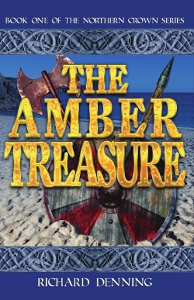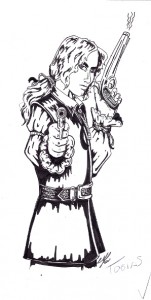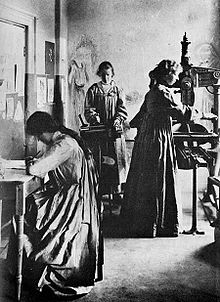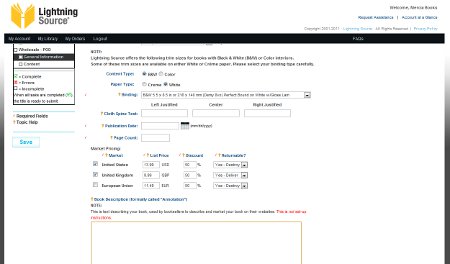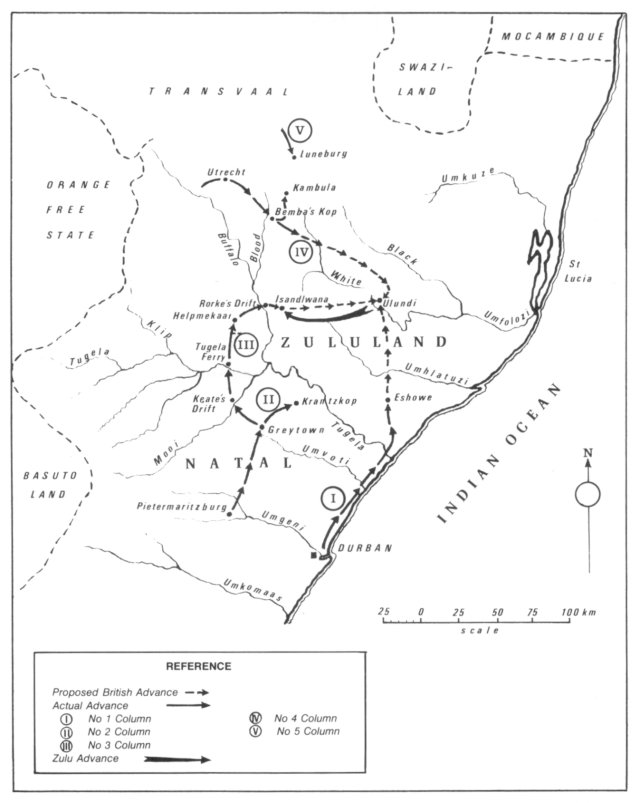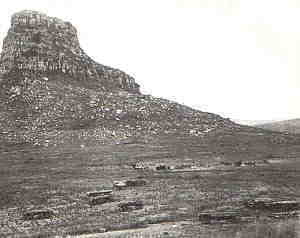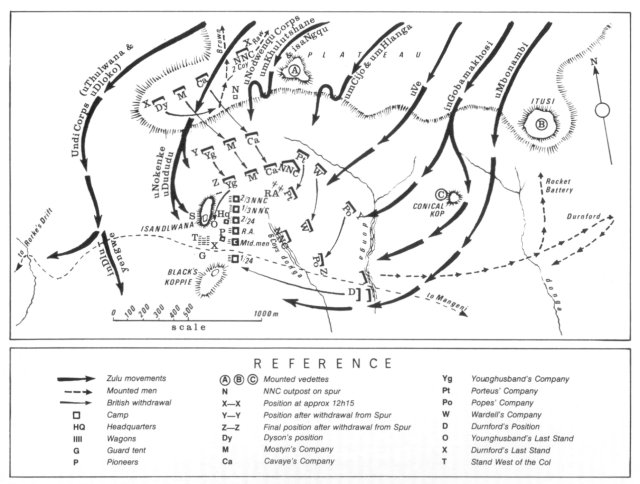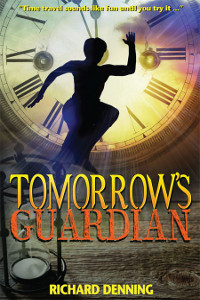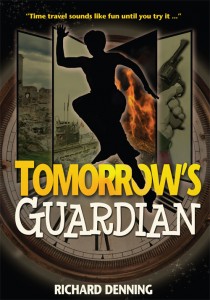I’ve been tagged in The Next Big Thing by fellow writer Helen Hollick Website: www.helenhollick.net and main Blog: http://ofhistoryandkings.blogspot.com/ who writes historical fiction and pirate-based adventure. Helen reached the USA Today Bestseller list with her novel The Forever Queen in 2011.
I’m instructed by Helen to tell you all about my next book by answering these questions and then I tag four other authors about their Next Big Thing. So here I go!
What is the working title of your next book?
Princes in Exile
Where did the idea come from for the book?
Princes in Exile is the third book in my Northern Crown Series. This series is set in the early years of Anglo Saxon England around AD 600 and follows the story of a young boy growing up in these – the darkest years of the dark ages when the Kingdom of Northumbria would rise to power. The series started in the B.R.A.G medallion winning novel, The Amber Treasure. The third book takes up the story when Cerdic is now 23 and guiding a rag-tag band of refugees across a divided nation looking for allies and a plan for the future.
What genre does your book fall under?
Historical Fiction.
Which actors would you choose to play your characters in a movie rendition?
Chris Themsworth (Thor) would be great for huge tough Eduard, Tom Felton (Draco Malfoy) might do a good Hussa, whislt William Mosely (Peter in the Chronicles of Narnia ) might work for Cerdic himself.
What is the one-sentence synopsis of your book?
No land, no crown, no plan …
Will your book be self-published or represented by an agency?
Self published via my own independent publisher – Mercia Books
How long did it take you to write the first draft of your manuscript?
I am still writing it. I expect the answer will be about 6 months.
What other books would you compare this story to within your genre?
It is a similar style of books to the amazing Bernard Cornwell’s Alfred the Great series (although three hundred years earlier of course).
Who or What inspired you to write this book?
I have always found the Anglo-Saxon period fascinating but whilst the later period has its writers including Bernard Cornwell and Helen Hollick the early period does not have that many writers and many write from the point of view of the Welsh/ British not the English. These times are the birth pangs of the British nations as we know them today and I think there are a lot of stories about this time that should be retold.
What else about your book might pique the reader’s interest?
We look back from the vantage point of history and know that England came to exist, thrive and survive. But in AD 597 it was by no means certain that this would be the case. These are dangerous, chaotic, unpredictable times. Journey back with me to a point in history when the future is far from certain.
Here are some lovely authors I’ve tagged to tell you about their Next Big Thing! …..
Jane Brown author of the The Bitti Chai http://janegray.webs.com/thebittichai.htm
Michelle Gent horror/thriller writer http://www.dmichellegent.co.uk/blog.html
Claire Kinton author of The Dead Game http://www.clairekinton.com/blog.html
Mick Pearson (details coming)
My thanks to Helen Hollick for Tagging me
Facebook: www.facebook.com/helen.hollick
& Twitter: http://twitter.com/HelenHollick

